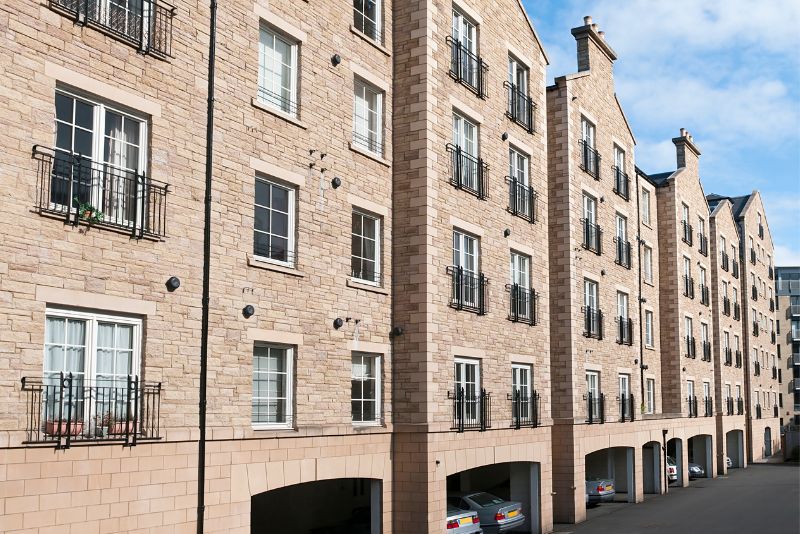Landlords: could your properties be underinsured?

Are your buildings adequately insured? You may assume that the answer to that question is yes – you have insurance in place, and you renew it annually. Box ticked.
But it’s very common for landlords to have the wrong level of cover, and this could have potentially costly consequences should you need to make a claim on your insurance.
It’s a widespread problem that has become more acute recently, due to a number of factors. According to a report by rebuildassesment.com, 9 out of 10 UK properties do not have the correct levels of insurance cover, and the problem is most serious among residential and commercial landlords.
So how do you ensure your properties are fully covered? Help is at hand!
Market value versus insurance value
First, it’s worth looking at some terminology. There’s some understandable confusion between a property’s market value and its insurance value, but the two aren’t the same.
In contrast to the market value of a property, an insurance valuation refers to the cost of rebuilding a property, which would include costs not covered by a market valuation, such as materials and labour.
It also includes the costs of demolition and removing debris for the old property, as well as architects and planning costs.
So a building’s rebuild cost could be higher than its market value, especially if it is made of non-standard materials or has specialist architectural features.
If you insure your buildings insufficiently by underestimating the rebuild cost, you could end up being underinsured. This means that should you have to claim on your insurance, it would not be paid in full and you would be responsible for a proportion of the cost to rebuild your property to its original state.
In the event of significant underinsurance your claim could even be declined.
In a recent set of 450 insurance valuation surveys conducted by Barrett Corp & Harrington (BCH), 84% of surveys showed the property owners were underinsured.
On the flip side, you may be over insured, which can happen if your insurance cover goes beyond the rebuild cost of the property. In this case, you may be paying more in premiums than you need to.
The impact of rising building costs
If you work in the trade, you’ll already know that the risk of having an inaccurate insurance valuation is particularly high right now, due to surging construction material costs, which have been exacerbated in recent months by the war in Ukraine and rising inflation.

Construction News reported that fabricated structural steel cost 54% more in March 2022 than a year earlier and imported sawn or planed wood was up 11% during the same 12 months.
You can read more in our separate blog about the rising costs of construction and how further price increases are anticipated throughout 2022. But in short, with construction prices increasing, it is worth ensuring your properties are valued correctly and you have the correct protection in place.
Updating your rebuild value
So how do you calculate your buildings rebuild value and when should you do it?
The most accurate way to do so is to arrange a RICS-compliant Reinstatement Cost Assessment (RCA) of your property. This involves an expert visiting the property to estimate its insurance rebuild value.
It’s normally recommended that this is carried out every three years, but due to recent events insurance brokers are recommending that this is done now, if you haven’t had this type of assessment done in the last 6 months. If changes are made to the building or its use, a further RCA may be needed.
Here at A-Plan we want to help our landlord clients with ensuring their properties are properly valued, and correctly insured as a result. We’ve partnered with Barrett Corp & Harrington (BCH), the UK’s leading supplier of buildings insurance valuations to the UK insurance market. BCH provides national coverage and makes reinstatement cost assessments for all types of residential and commercial properties.
To find out more about how we can help, contact your local, specialist A-Plan team. You can find your local branch here.







